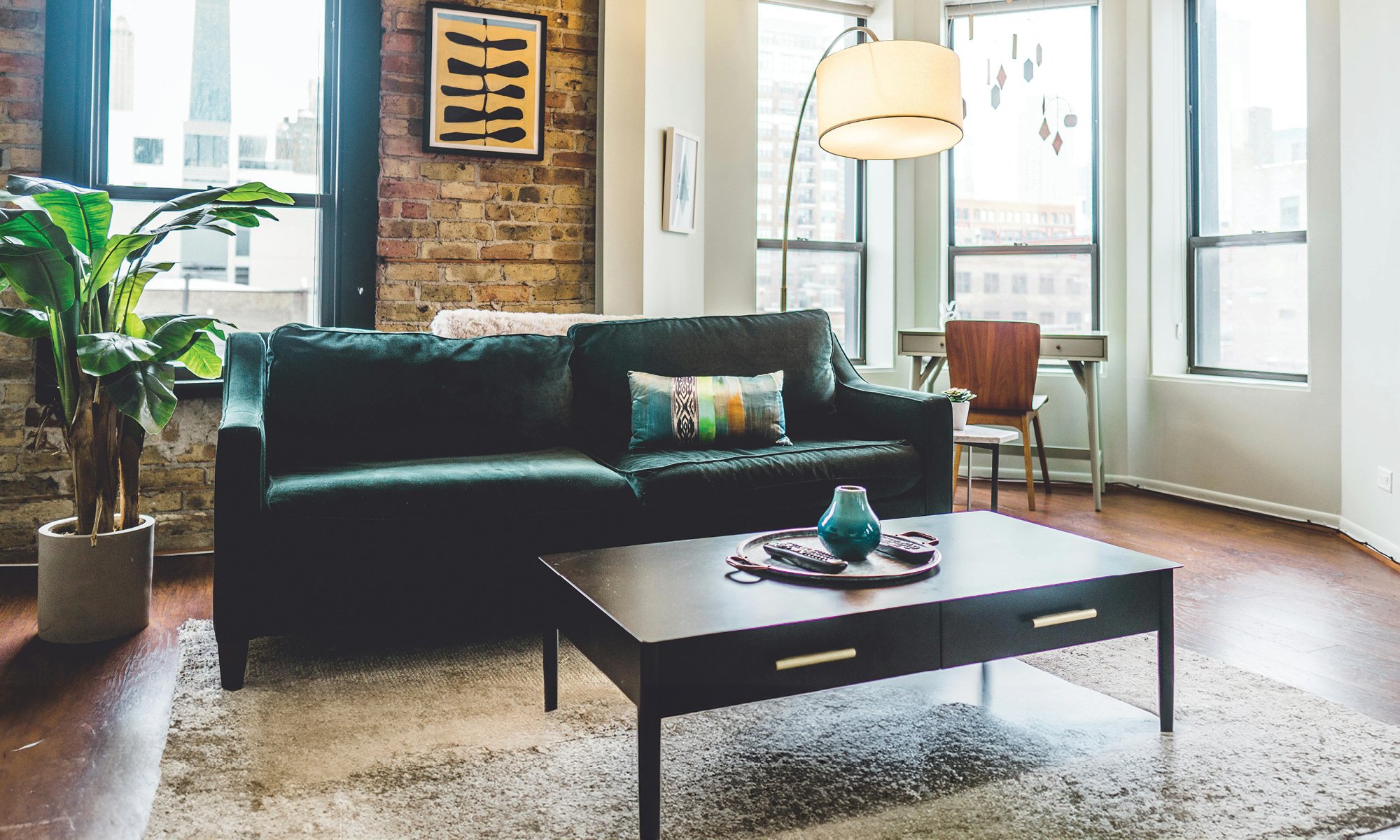Before proceeding with any property investment decision, it is important to identify if your goals are short or long term. To answer this you need to clearly identify your objective of the investment.
Buying a property to rent out is a popular form of long-term property investment. Houses, townhouses and units are easier to understand than many other types of investments. There is rental income to be earned; tax benefits to be gained and capital growth and equity to tap into, over time.
Flippers (or short term investors) like to buy properties they believe are under market value and in need of some love and care. The investor will then ‘flip’ – that is buy, renovate and sell – up to three properties a year. It is important to note that these landlords have capital behind them; this is critical in a short term property investment strategy as there are months ahead of funding renovation costs, on top of your living costs. They move into each property and take a couple of months to do the renovations. On average, they make $50,000 – $80,000 each property after taking out the multitude of costs for materials and trades. For the inexperienced, this profit and more could very easily be absorbed by unplanned materials and trades expenses.
How to invest in property for the short term?
Flipping property is popular on reality television. It is a very attractive idea when viewers get to follow fit, healthy couples that have taken a hefty chunk of time off work to feature on a reality television series. The flippers are associated with those who are into the trade of buying properties that need a makeover, then renovate it with a goal to sell the property and turn in a healthy profit.
With a short term strategy you must buy below market value. This will usually mean that the property will be a ‘fixer up’ type property with potential. Cosmetic changes like a coat of paint, and a bathroom and kitchen refit, may be enough to lift the market value. Prioritising where to invest renovation dollars for optimum return does take some skill. You need to be savvy at estimating renovation costs and in project managing the trades to complete the makeover without overcapitalising. Kitchens and bathrooms are ideal places to increase appeal for buyer interest but can be double-edgeded sword, as the equity can be eaten away with the costs of the renovation. Ideally, you’ll want to be close by or on site to monitor progress and manage costs.
Flipping property consumes a lot of time. Be prepared to allow a minimum of four months to complete renovations and the sale of the property. Planning, ongoing demands and project management can quickly turn into a full-time job – a real challenge when you are juggling other employment.
You’ll also need to fund the holding cost during the renovation and while the property is on the market. The longer it takes to list the property for sale, the lower your profit will be.
Before you make the move to buy and renovate, make sure you can cover all of the purchase costs. This includes:
-
Stamp duty
-
Solicitor fees
-
Bank fees
-
Deposit (5%, 10% or 20% – depending on your lender and your financial position)
-
Disbursements such as council rates and water rates.
You will need to keep a list of all the costs along the way. By knowing your total costs, you can work out your net profit. This is important because as part of your due diligence you’ll need to work out the market value of the ‘end product’. The sale price of your renovated property minus your initial purchase costs, renovation materials, trades costs and selling or ‘out’ costs equals your profit. In most cases, short term investors don’t include their own project management fees and time in calculating profit.
Don’t forget to add ‘out costs’ to your total costs: These are associated with selling your renovated property, which includes:
-
Solicitor fees
-
Bank fees
-
Disbursements (outstanding council and water rates)
-
Real estate agent’s fees
-
Real estate marketing costs
-
Furniture staging costs
-
Capital gains tax.
Turn your income into a secure financial future
A long term property investment strategy will give you a more balanced lifestyle. With a long term property investment strategy, there is only one initial cost to get into the market, the holding cost will be partly or fully covered by the rental income coming in, and there are considerable tax benefits you can start to claim throughout the year. In addition, you won’t be paying capital gains tax each time you flip a property throughout the year, if your strategy is to hold on to an investment property.
